Necessary Always Active
Necessary cookies are required to enable the basic features of this site, such as providing secure log-in or adjusting your consent preferences. These cookies do not store any personally identifiable data.
|
||||||
|
||||||
|
||||||
|
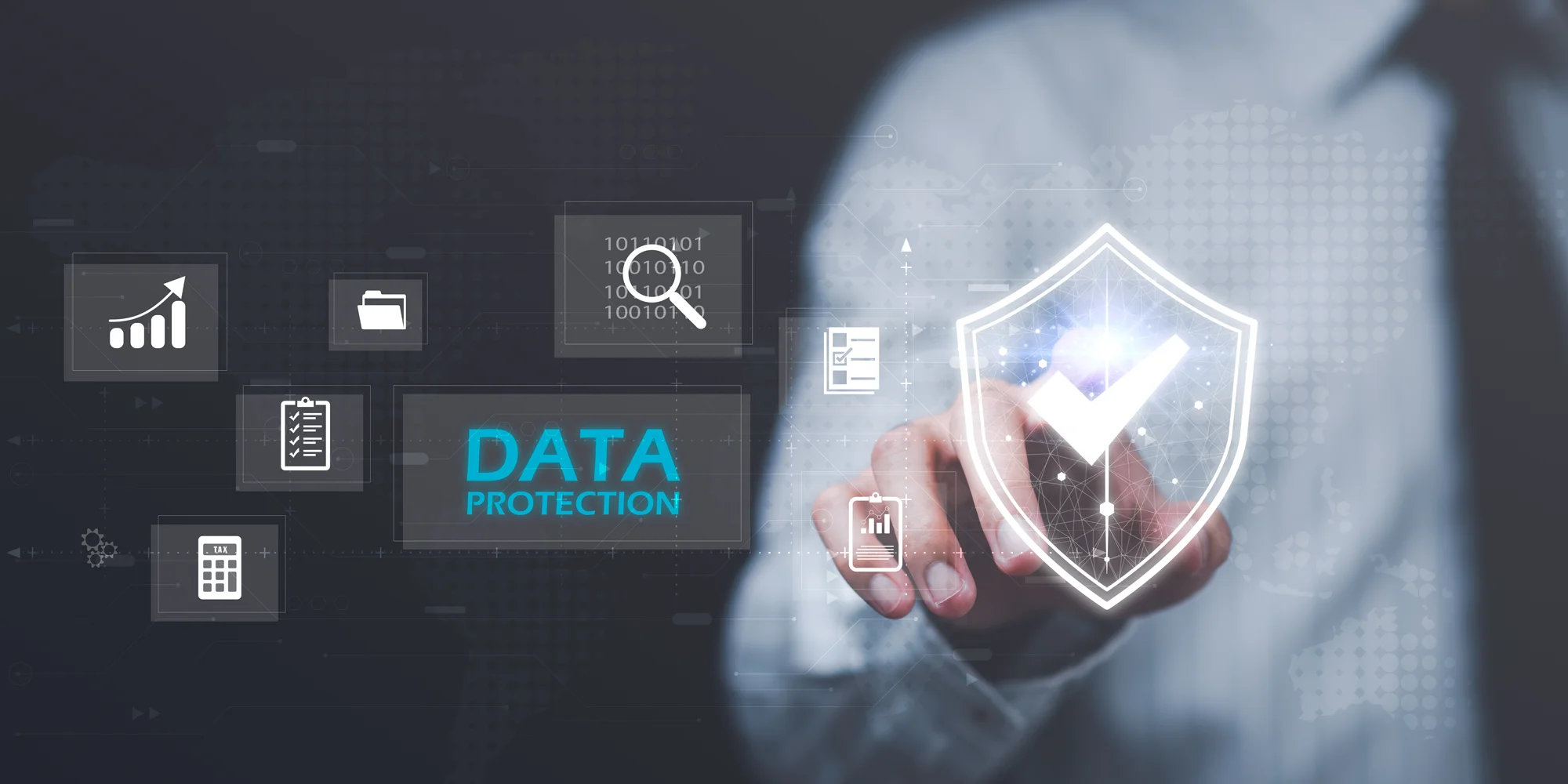
Do you know why every business needs a data loss prevention strategy? There is an increasing risk of cyberattacks, insider threats, and digital data leaks. The consequences of a single data breach can be severe with loss of financial data, legal penalties, and reputational damage to the organization.
Understanding how data loss prevention (DLP) works is essential to prevent malicious breaches, unauthorized access, and exposure to sensitive information. This article explains DLP in cyber security, common causes, types of DLP solutions, and top data protection tools for your business.
Data loss prevention (DLP) in cyber security refers to the strategies and techniques to prevent unauthorized access to sensitive information. Industries such as accounting, healthcare, and legal services have confidential information that must not get into the wrong hands. Therefore, a good DLP plan ensures that sensitive data remains within only assigned networks. As an organization prioritizing data loss prevention, you must regularly review existing regulatory compliance standards such as GDPR, ISO/IEC 27001, PCI-DSS, and HIPAA.
Data loss prevention in cybersecurity works to identify, monitor, and control how data moves across your organization’s network, endpoints, and cloud-computing systems. There are three operational areas for DLP solutions:

A popular misconception is that the data loss threat is always a cyber attack. Sensitive information could be lost in different ways such as:
An insider threat is when an authorized user leaks data either intentionally or not. You need a user analytics tool to track unusual employee behavior. Employees may attempt to leak information due to job termination, financial benefits, or other wrong motives.
Some simple human errors that can cause data loss are accidental deletion of useful files, failure to save documents in real-time, or wrong formatting of storage devices. Employee cybersecurity training is important so they know how to properly handle data while backup systems must be put in place.
Cybersecurity threats are a popular reason why every business needs a data loss prevention strategy. Hackers can use AI and Deepfake technology to mimic identities while trying to attack with malware to corrupt files, ransomware to encrypt data, and phishing tactics to trick authorized users into revealing login credentials.
The unreliability of hard drives with limited lifespans is one of the reasons why many businesses are adopting cloud computing strategies. Mechanical issues, overheating, or physical damage can make the data on hardware inaccessible.
Software and operating systems could also malfunction through glitches, bugs, sudden crashes, or shutdown while running. Frequent software updates and using trusted products are how to avoid this common cause of data loss.
Compliance with standard industry regulations is important as a safety-conscious business. Failure to adhere to these standards can result in data loss. Organizations should regularly ensure compliance within their frameworks and among third-party vendors.
Using weak passwords or connecting to public Wi-Fi networks exposes you to unauthorized users bypassing your security access. Weak credentials like your business ID can also be easily replicated and cause data loss to the wrong persons.
Every business needs a data loss prevention solution to protect its sensitive data and ensure compliance with policies that prevent unauthorized access. There are three major types of DLP solutions:
The penalty for a data privacy violation can be severe, such as the 1.3 billion US dollar fine on Meta in 2023 by the Data Protection Commission (DPC) of Ireland. These are our top 4 data loss prevention tools to avoid such data breach issues:
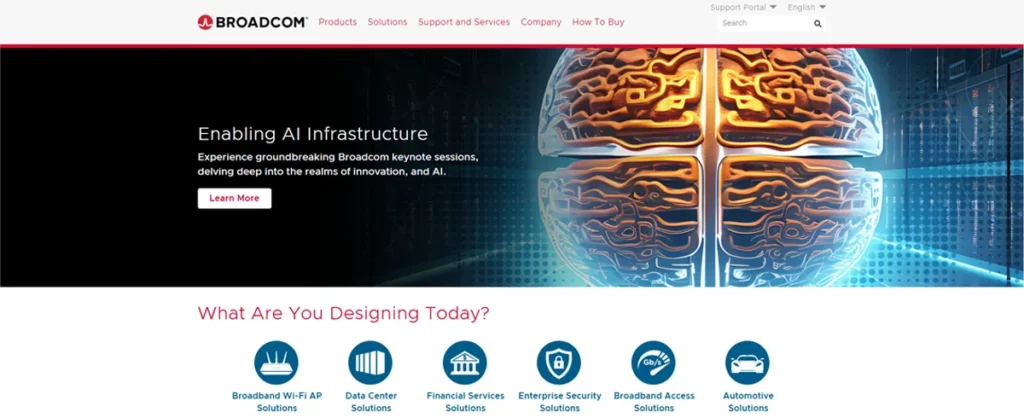
The Symantec DLP tool leverages generative AI in its content-aware detection feature to minimize false positives and false negatives. It is a leading data security application for protecting data across endpoints, networks, and cloud environments. Symantec DLP operates an integrated zero-trust model for real-time data alerts and a robust incident management plan through automated response actions.
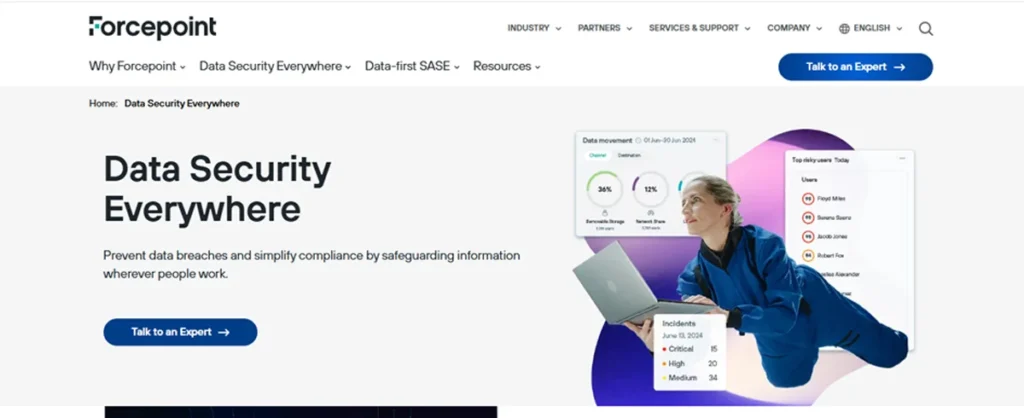
Forcepoint DLP is a behavioral pattern solution that uses advanced analytics to monitor user interactions and detect anomalies that may indicate a potential data leak or insider threat. Unlike other cyber resilience DLP solutions, it implements a human-centric method to identify risky behaviors and real-time security structures to prevent malicious data loss. Forcepoint DLP tools protect data across endpoints, networks, cloud services, and email platforms.
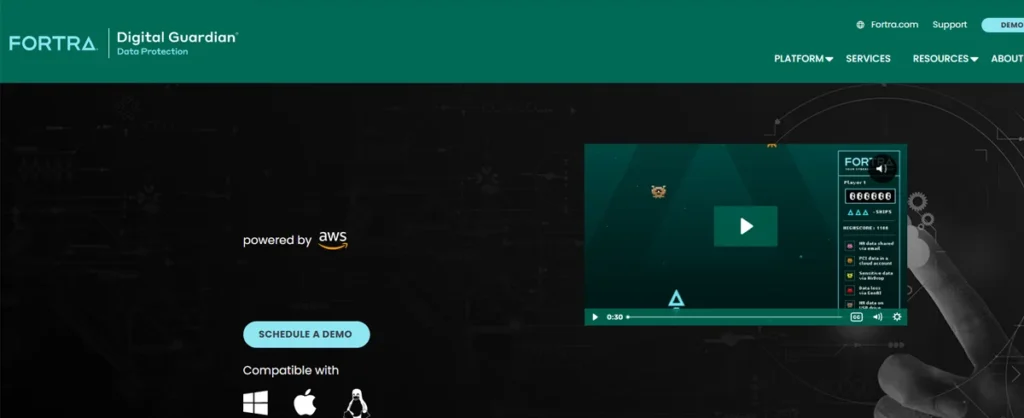
Powered by AWS, Digital Guardian is a cyber defense tool that tracks sensitive data location, movement, and risk analysis. It provides endpoint-to-cloud protection for hybrid organizations and enforces zero-trust cyber security with real-time data egress monitoring across your SaaS and cloud-based platforms. Digital Guardian offers their security experts to manage your data security platform so you can focus more on business operations.
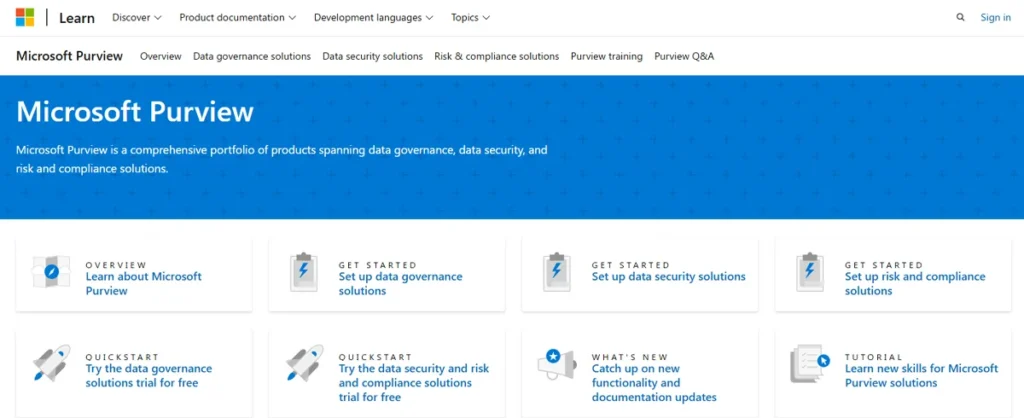
Microsoft Purview is a comprehensive data loss prevention solution with full integration support for Microsoft 365, OneDrive, SharePoint, and Teams. It seamlessly protects data privacy across your cloud storage and email communications in the Microsoft environment. This explains why third-party integrations with non-Microsoft platforms may be limited. However, Purview applies an automated incident response plan like other top DLP tools and customizable cybersecurity options.
Every business needs an effective data loss prevention (DLP) strategy that seamlessly integrates with cloud and offline applications across its network. However, the ideal DLP plan goes beyond implementation and requires a clear understanding of common data loss causes, DLP solution types, and the top prevention tools. Monitoring your security frameworks is a continuous responsibility and a crucial one to protect data privacy.
Sign up to receive our newsletter featuring the latest tech trends, in-depth articles, and exclusive insights. Stay ahead of the curve!